
Technological advancements are revolutionizing various fields, and the aviation industry is no exception. One of the notable trends in this sector is the increasing use of planes without pilots on board. Let’s delve into how this is happening, the technology facilitating it, and its possible implications.
The Emergence of Unmanned Aerial Vehicles (UAVs)

Unmanned Aerial Vehicles, or UAVs, have a rich history dating back to the early 20th century when they were primarily used for military purposes. Over the years, the use of UAVs has expanded to encompass various civilian applications, such as aerial photography, agriculture, and environmental monitoring.
UAVs operate on a simple principle: they are remotely controlled from the ground or programmed to follow a predetermined flight path. They are commonly used for tasks that are too “dull, dirty, or dangerous” for manned aircraft, making them an essential tool in today’s aviation industry.
Why Planes are Flying Without Pilots Onboard
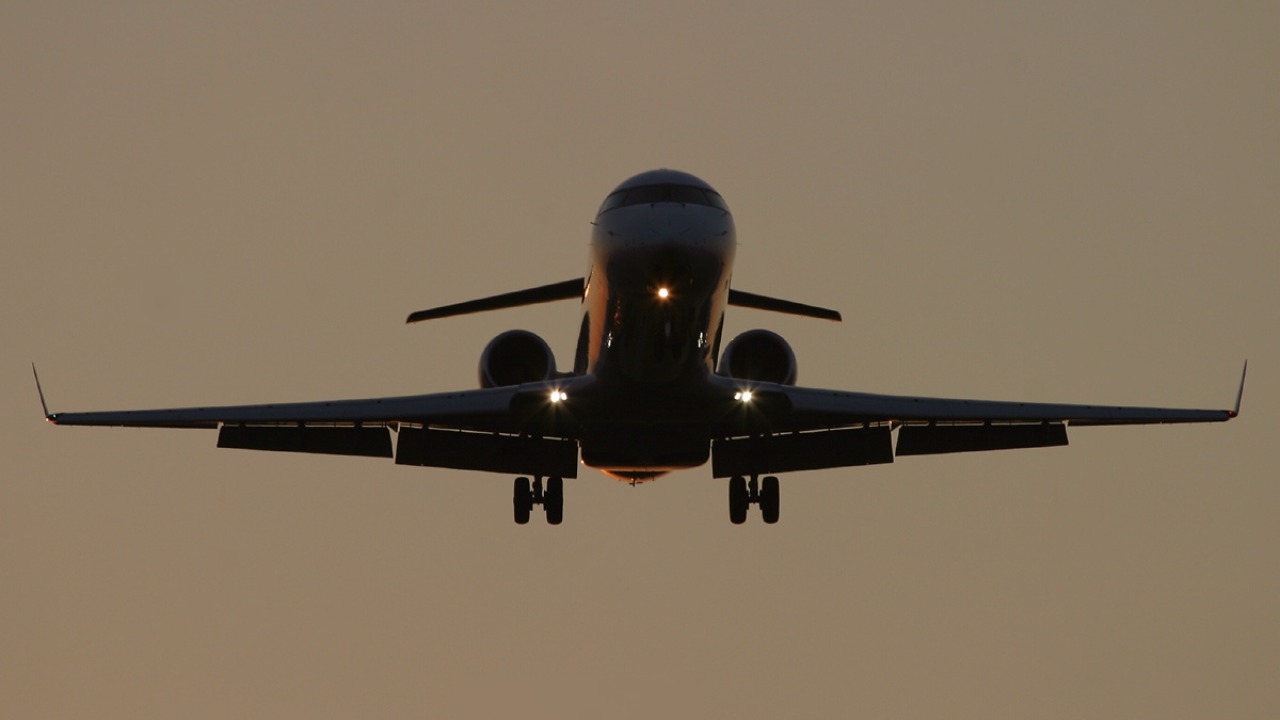
The shift towards unmanned planes is driven mainly by cost efficiency and the need to address pilot shortage issues. Operating unmanned planes can significantly reduce labor costs, and they can also help mitigate the risk of human error, which is a leading cause of aviation accidents.
A case that caught public attention was a Lufthansa jet that flew for 10 minutes without a pilot at the controls due to a cockpit emergency. This incident highlighted the potential of technology to take over control in emergencies and safeguard passengers’ lives.
The Technology Behind Unmanned Planes
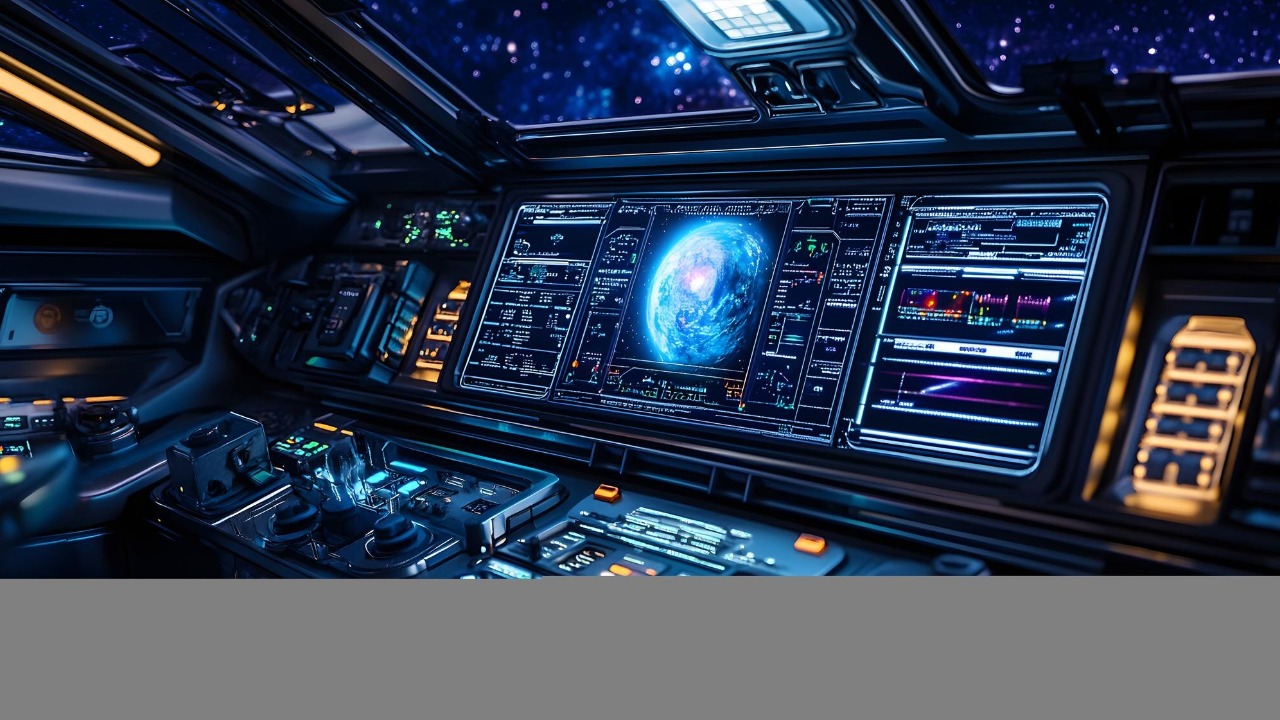
Unmanned planes rely heavily on artificial intelligence (AI) and machine learning. AI systems can process vast amounts of data and make autonomous decisions based on that information. Machine learning, a subset of AI, enables these systems to learn from experience and improve their performance over time.
Technological advancements such as advanced sensors and communication systems have also played a crucial role in making pilotless flight possible. For instance, advanced sensors can monitor the plane’s environment and detect potential hazards, while sophisticated communication systems ensure seamless transmission of information between the plane and ground control.
The Pros and Cons of Unmanned Planes
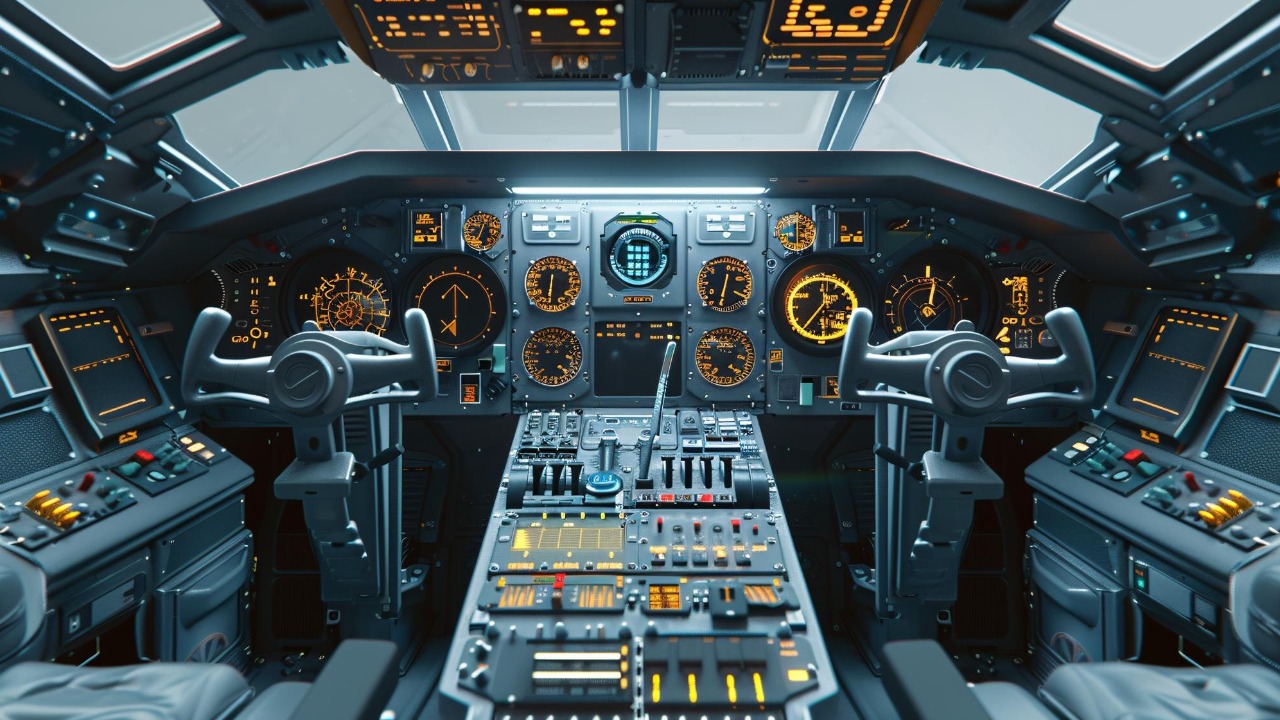
Unmanned planes come with several potential benefits. For instance, they can increase efficiency and safety in the aviation sector. By eliminating the necessity for a human pilot, unmanned planes can operate for extended periods, thereby increasing productivity. Moreover, as they are less prone to human error, these planes can potentially enhance safety in air travel.
However, unmanned planes also come with their share of drawbacks and challenges. One of the main concerns is the ethical and legal issues surrounding their use. There are also potential risks, such as the possibility of the AI system malfunctioning or the plane being hacked. These are issues that need to be addressed as the technology continues to evolve.
The Future of Unmanned Planes
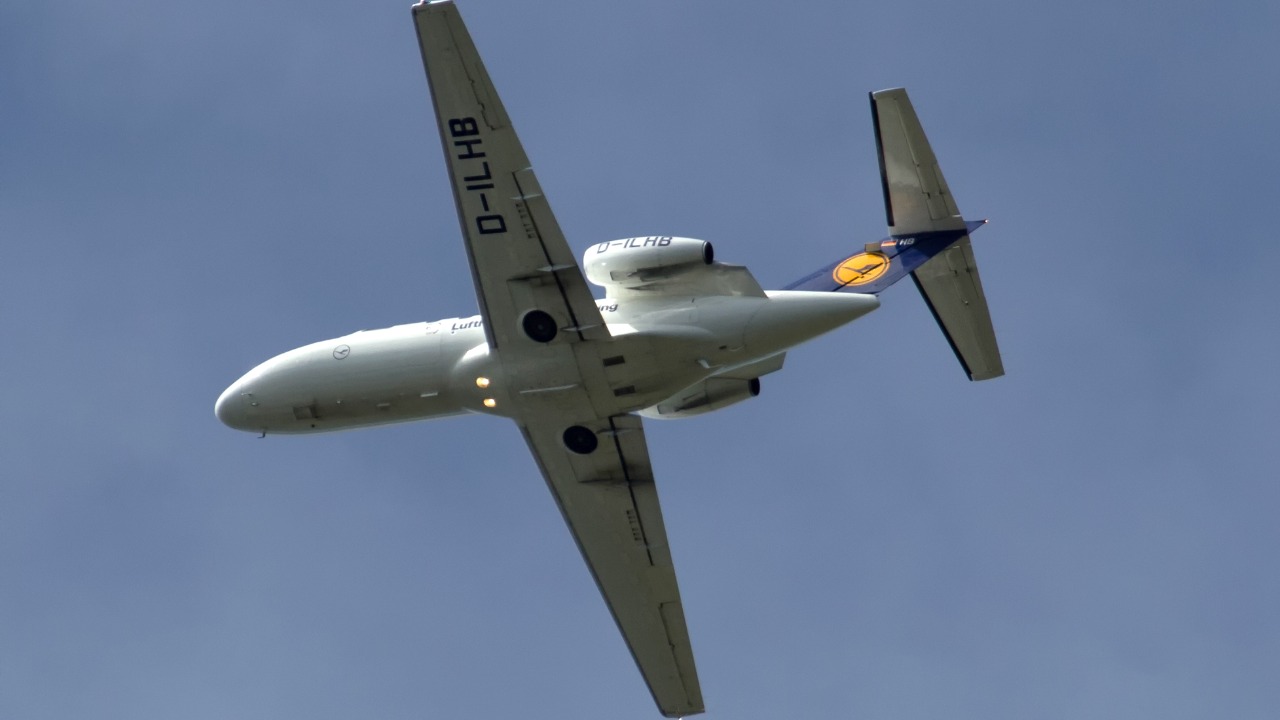
Given the current trends and developments, it’s predicted that unmanned planes will become increasingly prevalent in the future. According to experts, self-flying planes may arrive sooner than we think.
The potential impact of unmanned planes extends beyond the aviation industry. They could revolutionize other sectors such as logistics, agriculture, and emergency services, where they could be used for tasks like cargo delivery, crop monitoring, and search and rescue operations.
Real-World Examples and Case Studies
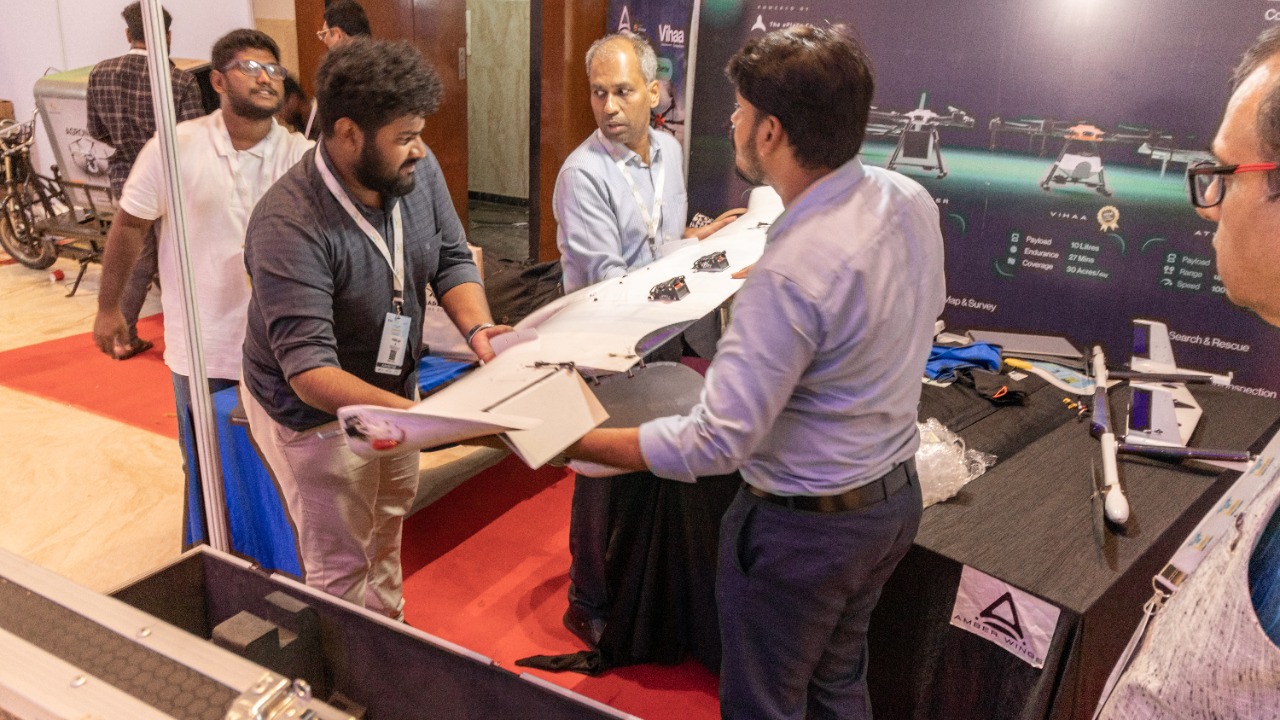
Real-world examples of unmanned planes are not hard to find. Drones, which are essentially small unmanned aircraft, have become commonplace, used for everything from aerial photography to package delivery. In the military sphere, unmanned aircraft like the Predator drone have been in use for years.
However, there have also been incidents that underscore the potential risks associated with unmanned planes. One such example is the crash of a medical jet plane in Northeast Philadelphia. While these incidents are relatively rare, they highlight the importance of addressing the safety concerns associated with unmanned flight.